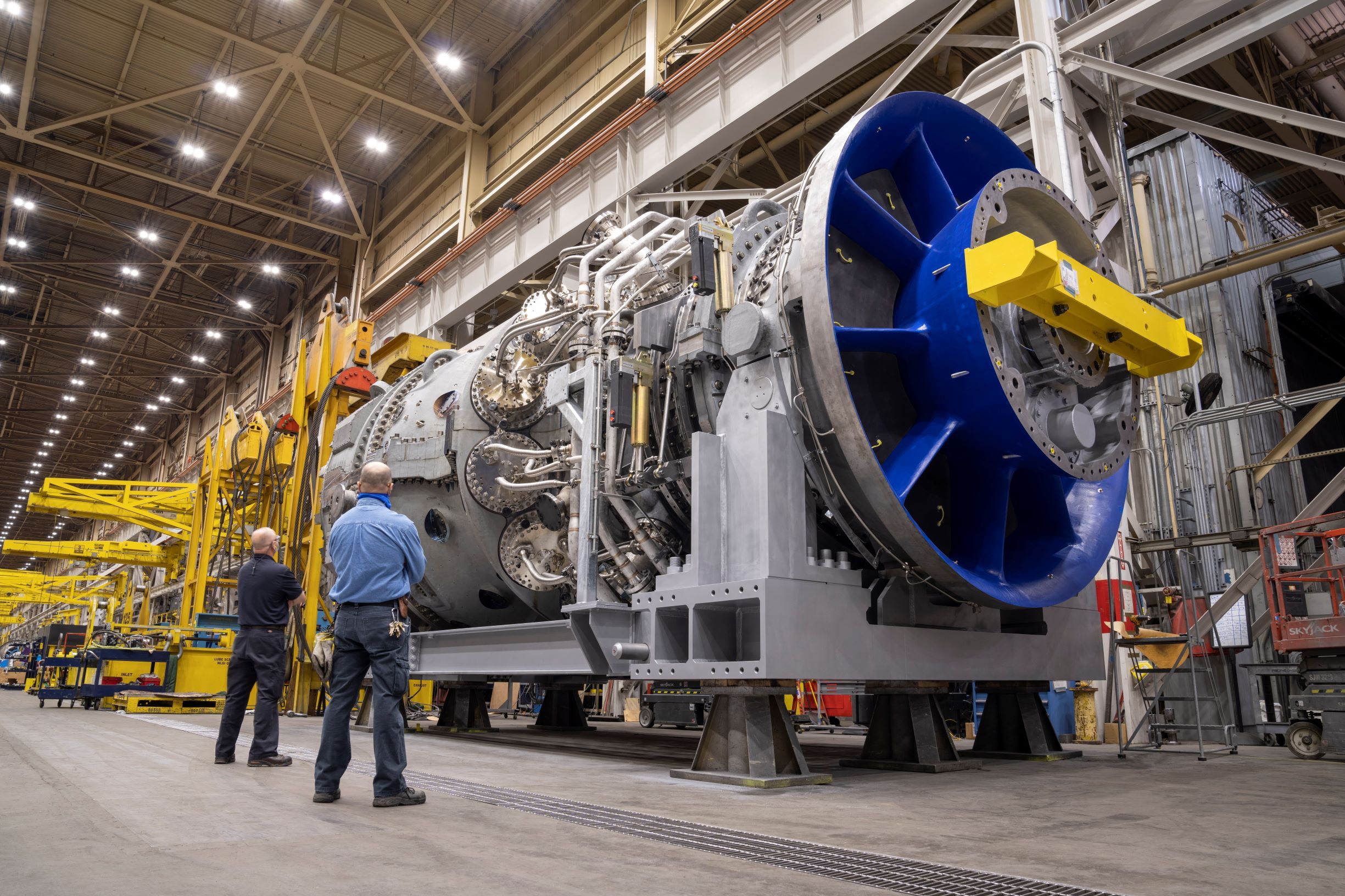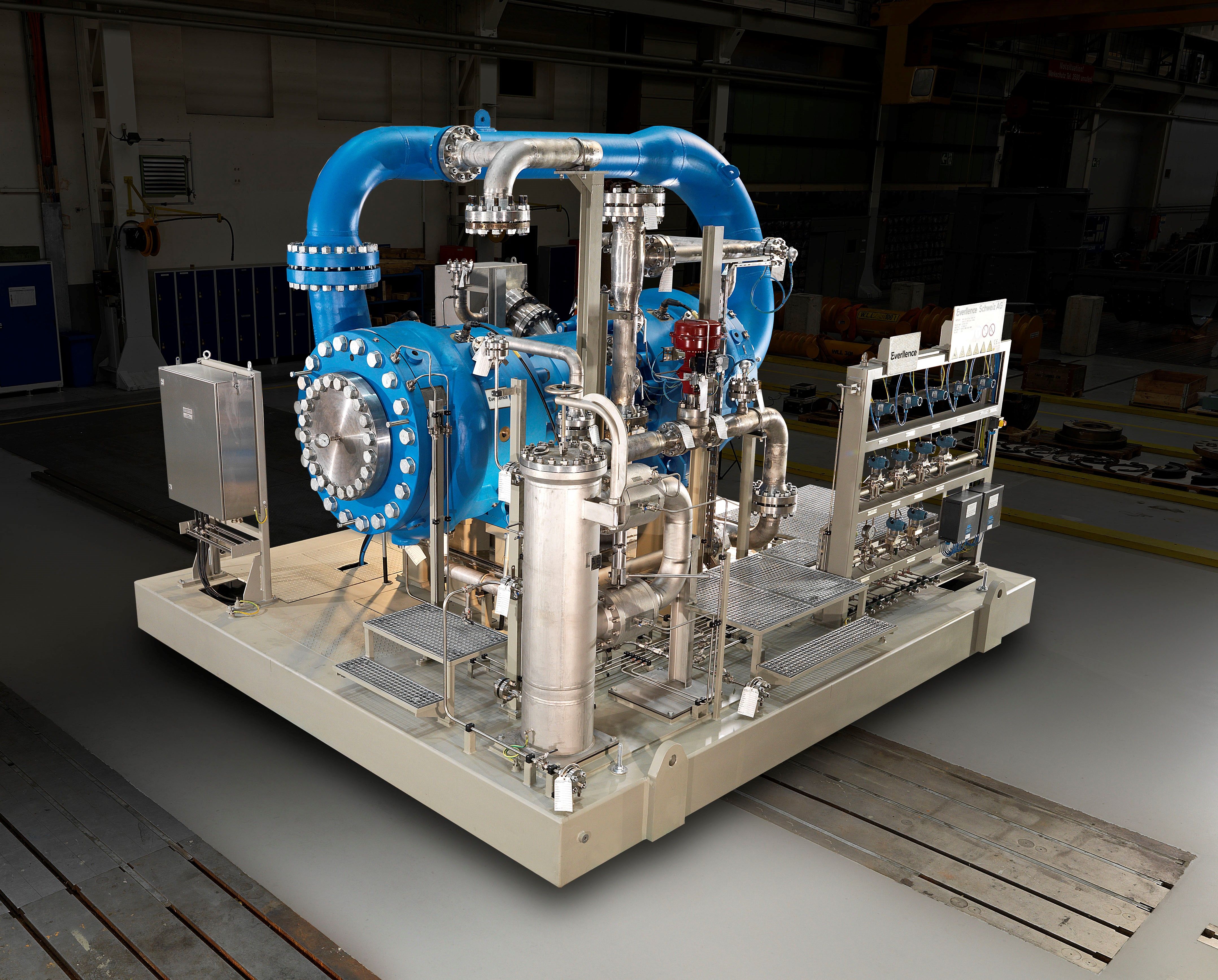News
Article
GE Vernova Equips Japanese Power Station with H-Class Turbines
Author(s):
The H-class power generation equipment will increase plant efficiency and replace aging conventional assets: three boilers and three steam turbines.
The Kansai Electric Power Co. (Kansai Electric) ordered three GE Vernova 7HA.03 gas turbines to be installed at the Nanko power station in Osaka, Japan. The 7HA.03 equipment will replace aging conventional LNG power generation assets, consisting of three boilers and three steam turbines. It will increase power plant efficiency and reduce CO2 emissions, and, in addition, GE Vernova will provide field services.
“The plant is expected to deliver up to 1.8 GW of electricity to the grid in total and to be the among the most efficient in the country,” said Ramesh Singaram, President and CEO, Asia of GE Vernova’s Gas Power. “In addition, 7HA.03 gas turbine technology currently has the capability to burn up to 50% by volume of hydrogen when blended with natural gas, with a technology pathway to 100% over the next decade.”
7HA.03 gas turbine manufactured in Greenville; image credit: GE Vernova

GE Vernova Turbine News
In early September 2024, PLN Indonesia Power’s (PLNIP) 780-MW Tambak Lorok combined-cycle power plant began commercial operation in Tanjung Mas, Central Java. Tambak Lorok Block 3 is equipped with GE Vernova’s HA combined-cycle equipment and will deliver the electricity required to power approximately 5 million homes in Indonesia. Using H-class technology, Tambak Lorok produces up to 60% less emissions than similarly sized plants powered by diesel, coal, and other fossil fuels.
Specifically, the plant uses GE Vernova’s 9HA.02 gas turbine, a STF-D650 steam turbine, the Once Through heat recovery steam generator, and balance-of-plant equipment. GE Vernova also signed a 15-year service agreement to manage project lifecycle, training, and maintenance, enhancing operational performance and plant reliability. Training will support knowledge transfer and the skills development of PLNIP’s operations team.
In July, Korea Southern Power Co. (KOSPO) started operation at the Shinsejong combined-cycle power plant in Sejong Multifunctional Administrative City, South Korea using GE Vernova’s 7HA.03 gas turbine. The combined-cycle plant represents GE Vernova’s 100th HA-class commissioning and the first 7HA.03 gas turbine in South Korea.
HA gas turbines, per unit, can save more than 3.3 metrics tons of CO2 emissions per year compared to a coal-fired plant of the same size. According to GE Vernova’s simulation, H-class units in South Korea could reduce the fossil fleet’s carbon emissions intensity by more than three times per kwH. HA-class combined-cycle power plants emit 50-60% less CO2 compared to coal-fired plants, in addition to lower NOx and particulate matter, zero mercury, and no SOx.
Finally, also in July, the Guangdong Huizhou combined-heat-and-power plant entered commercial operation with two GE Vernova hydrogen-ready 9HA.01 combined-cycle units. Within the next two years, both gas turbines are expected to burn up to 10% by volume of hydrogen blended with natural gas. This project represents the first localized 9HA.01 gas turbine manufactured in China by General Harbin Electric Gas Turbine Co.
Newsletter
Power your knowledge with the latest in turbine technology, engineering advances, and energy solutions—subscribe to Turbomachinery International today.





